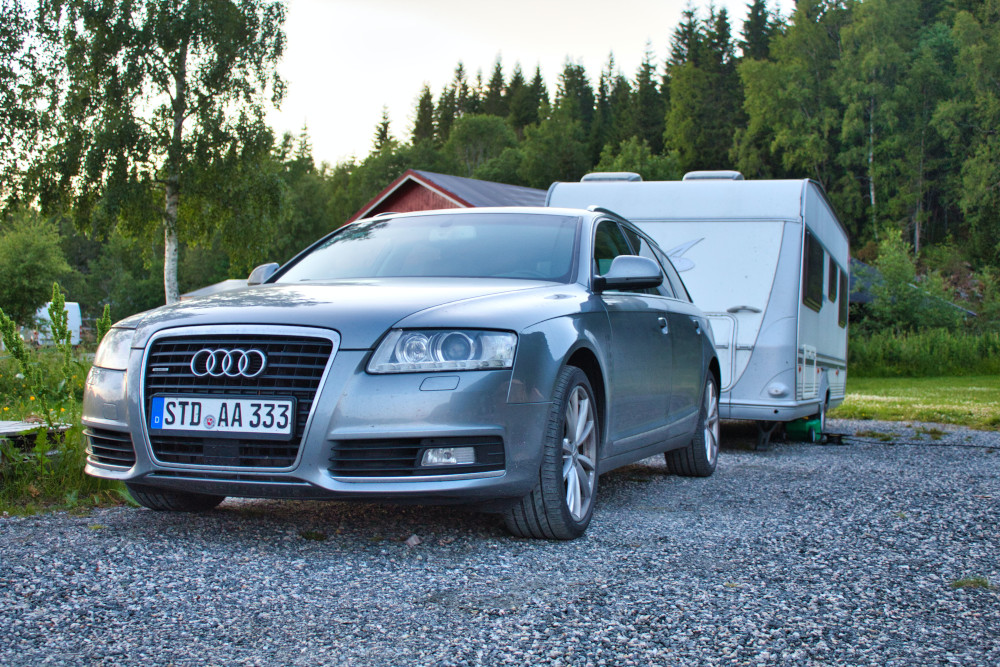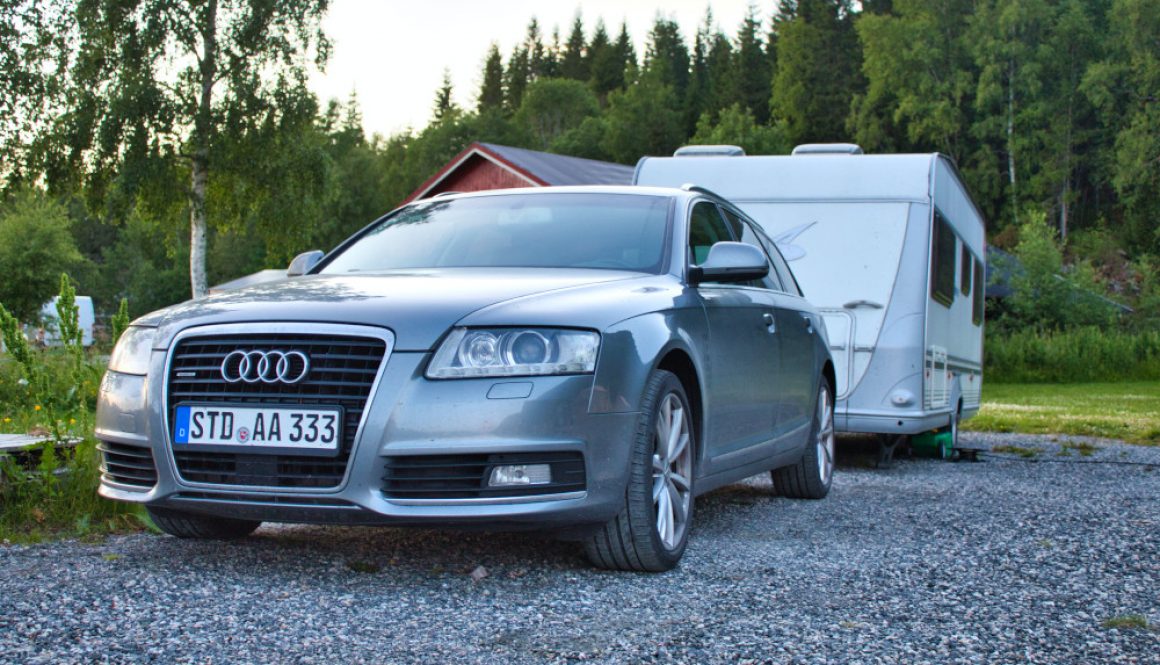What Do The UK Driving Licence Codes Actually Mean?
What Do The UK Driving Licence Codes Actually Mean?

There are several driver licence categories in the UK and they can get confusing at times. This article will focus on licence codes and categories, from light cars to medium-sized vehicles. We will cover the vehicles you can drive with your current licence.
If you intend to drive a vehicle that you do not have a category for, you will have to apply through the DVLA website and may have to pass a driving theory test.
Kindly note that all weights included in this article reflect the total mass authorised by the DVLA and maximum load.
Light vehicle categories
The category B licence covers light vehicles and cars, but there are different types of category.
Category B Licence
With this category, you are eligible to drive a car that has a maximum weight of not more than 3,500kg. The vehicle cannot have more than eight passenger seats. If you intend to attach a trailer, it must not weigh more than 750kg. If the trailer weighs more than that, then the combined weight of the trailer and the vehicle must not exceed 3,500kg. The basic age to qualify for this licence is 17. If you passed your driving test before the 1st January 1997 then you B category will permit a higher towing combination.
Category B Auto Licence
This category is the same as the previous B category; the only difference is that it permits you to drive a vehicle with an automatic transmission only. This means that you cannot drive a car with a manual transmission if you have this licence. The basic age to qualify for this licence is 17.
Category B96 Licence
If you possess this category, you can drive a vehicle and a trailer if your vehicle is a category B car. The weight of the trailer can exceed 750kg, however, the total weight of the vehicle and trailer must not exceed 4250kg. The combined weight range for this licence is between 3500kg and 4250kg. The basic age to qualify for this licence is 17.

Category B+E Licence
This is the final class of the B category, and as you may have noticed, the weight keeps increasing. If you hold this category you can drive a vehicle in category B with a trailer or caravan. If you passed your driving test before the 1st January 1997 you will hold this automatically. If you have taken an extended trailer test on a post 1997 licence you will hold this category. The trailer must not exceed the maximum authorised mass of 3500kg. The total maximum weight of both vehicle and trailer must also not be more than 7000kg. The primary age to qualify for this licence is 17.
Medium-sized vehicle categories
Category C1
This category allows you to drive vehicles that weigh between 3,500kg and 7,500kg. You can also attach a trailer that does not exceed the weight of 750kg. If you passed your driving test before 1st January 1997 you will automatically hold this category. If you passed after this you will need to pass a medical and a further test. The primary age to qualify for this licence is 18.
The C1 category will enable you to drive larger motorhomes over 3500kg.
Category C1E
The difference between this category and the one above it is the ability to drive a category C1 vehicle with a trailer that exceeds 750kg in weight. However, the combined weight of the vehicle and trailer should not be more than 12,000kg. The basic age to qualify for this licence is 18.
This category will allow you to drive a motorhome over 3500kg and tow a vehicle or trailer with it.

